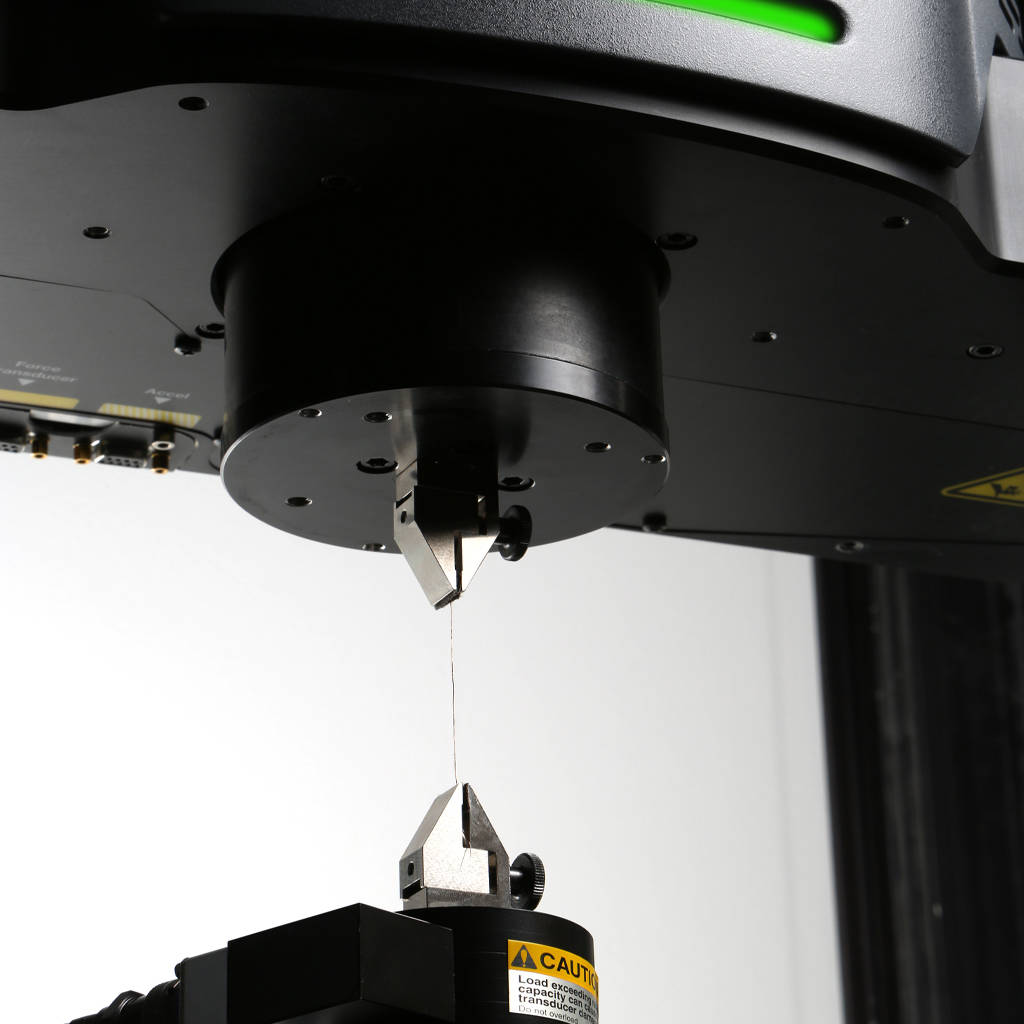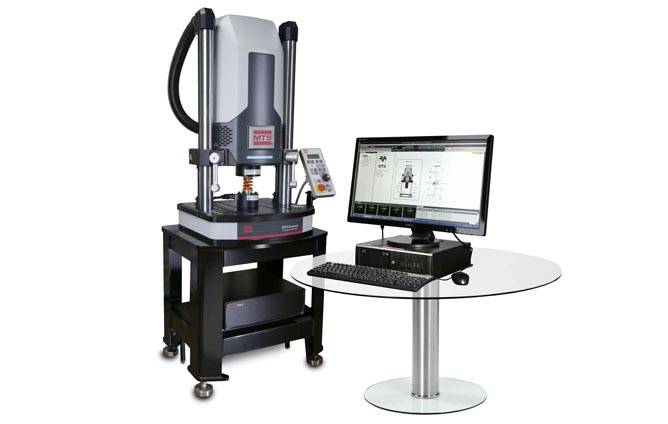
MTS application engineers discuss the unique advantages electric actuation brings to low-force testing applications.
Q: What are some of the challenges when using electric actuation for testing?
A: The primary challenge with electric actuation is control. Electric actuation is not new technology, but it has taken some time for electrically actuated test systems to be able to handle the precise force and motion requirements of materials testing. Precise control is a function of the controller and the software. The better these components are, the better you will be able to control the parameters and the better the data will be.
Q: Which materials testing applications are best suited to electric actuation?
A: Electrically actuated test systems are a particularly good fit for testing biomedical materials, microelectronics and small-scale specimens. These systems are optimized for lower-force, high-frequency testing with high fidelity, which is exactly what these applications require.
Q: What advantages does electric actuation offer compared to servohydraulic actuation?
A: One of the most important is the lack of oil. There is no oil to dispose of or recycle. In biomedical testing for example, an oil leak could contaminate the specimen, or the saline solution bath, or the bovine solution. Now you can avoid those issues entirely. Electric actuation is also very quiet and clean. With MTS Acumen® Test Systems, there are no hoses, hardline or hydraulic pumps, and the cables are all embedded within the load frame. These more aesthetic aspects are important because the test lab is often a showpiece for visiting surgeons, who tend to appreciate an uncluttered environment.
For microelectronics, most testing is done in clean rooms, so a simpler, plug-and-play electrically actuated test system is not only easier to set up and maintain, it also eliminates potential contaminants like oil mist and residue. These systems save the cost and hassle of special facilities infrastructure such as chillers or solutions for oil maintenance and disposal too.
Q: Are there other ways Acumen test systems improve control?
A: Yes, these systems can easily handle frequencies up to 100 Hz. The test system controller is the same controller that we use with our servohydraulic test systems, so it will be familiar to those who already use MTS test systems. Since we use the same PID control methods, all of the previously developed, proven materials test control algorithms are available. One big difference with electric actuation is that flow-specific nuances like the sizing of servovalves, manifolds and pumps are no longer problematic. Without having to adjust for the hydromechanical considerations, the full capability of the electrically actuated system is available by simply controlling current.
Q: How does autotuning affect the process?
A: Autotuning is another way to improve the accuracy of test results. Materials and biomedical tests need to hit peaks and valleys consistently to generate reliable fatigue data. The autotuning feature on Acumen test systems includes three parameters — mass, stiffness and damping — to help ensure the best possible control and most accurate specimen response. This MTS-patented autotuning method examines the entire load train for all three parameters. In practice, the test engineer does not need to know the specimen stiffness to properly tune the system. And when combined with stable displacement control as a default home state, you can quickly recover and restart the test after any interruption. Of course, you can always tune the system manually if you prefer.

